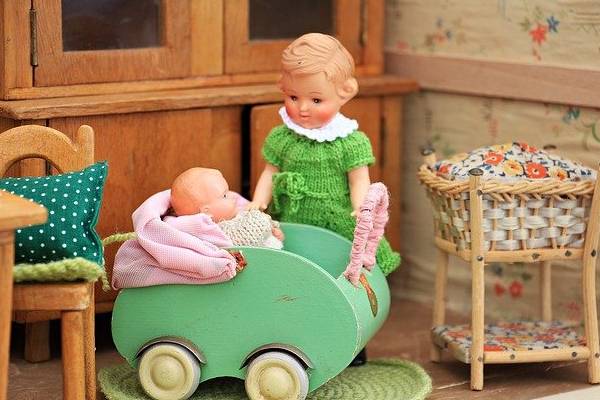Why is pretend play important for children?
Pretending is important in child development. Through pretend play, children develop:
Language Skills
A perfect imitation of mom, dad, or even teacher or doctor can be done by children. Your child understands the power of language through pretend play. A child also learns that words give him the means to recreate a story or organize a play. This method helps your child to create a skill that will later help him learn to read the link between spoken and written language.
Social and Emotional Skills
A child is actively experimenting with the social and emotional roles of life when he engages in pretend play. He learns how to take turns, share accountability, and fix problems creatively. He has the experience of “walking in someone else’s shoes” when your child pretends to be different characters, which helps teach the important moral development ability of empathy. It also help build self-esteem.
Thinking Skills
Pretend play offers a number of issues to tackle for your child. Your child depends on essential critical reasoning abilities that he can use in every area of his life, now and forever, whether it’s two children trying to play the same part or looking for the right material to build a roof for the playhouse.
The Benefits of Pretend Play for toddlers:
- It stimulates creativity. The power of the imaginations of children is an amazing thing to behold. All they need is some time, space, and your encouragement, and by pretending, they can be anything and go anywhere. They make up stories and adventures and, without even thinking about it, automatically construct whole worlds and dialogue and action sequences. This is imagination in its purest form.
- Pretend play helps children to portray what they encounter around them in the world and re-create social interactions by interacting with peers, family, parents, and even stuffed animals. It’s a perfect way for children to put into the practice interpersonal talents and complexities they’re learning.
- It encourages cooperation and the resolution of conflicts. They will decide to take turns if your child and their friend want to be the same princess when they play. Or, in return for a promise that they will play their game the next time, your child can learn to play a game that their older brother wants to play.


When my son was little, we often role-play. Then he learned to role-play himself. It was very interesting and fun to watch him. Thanks for your advice!